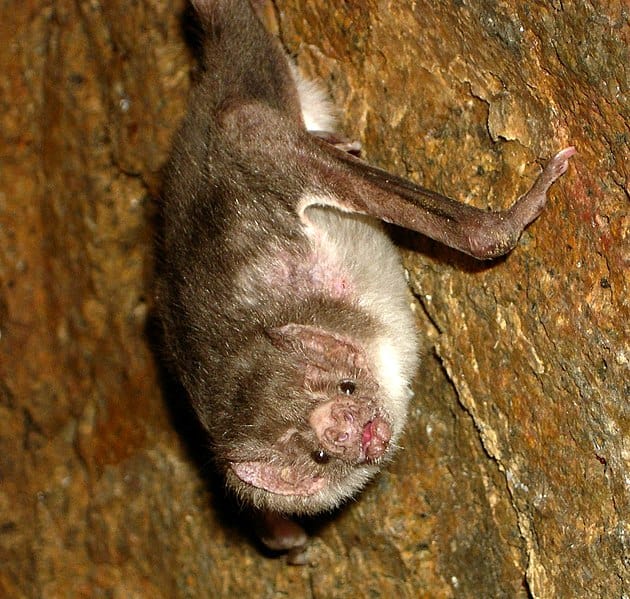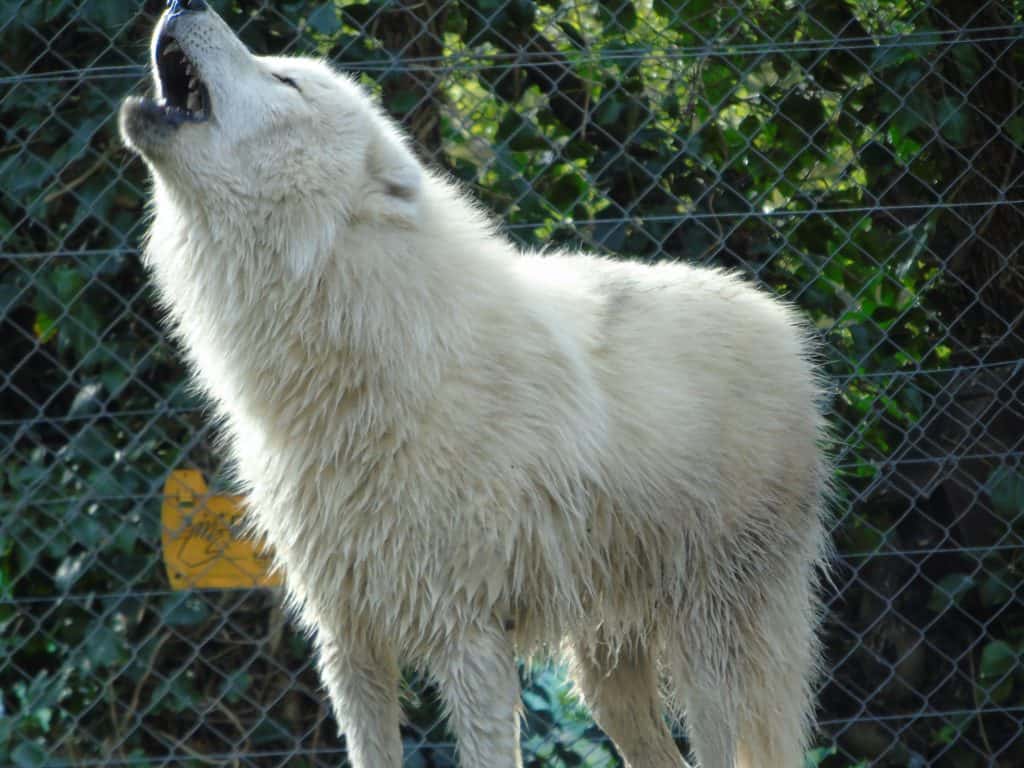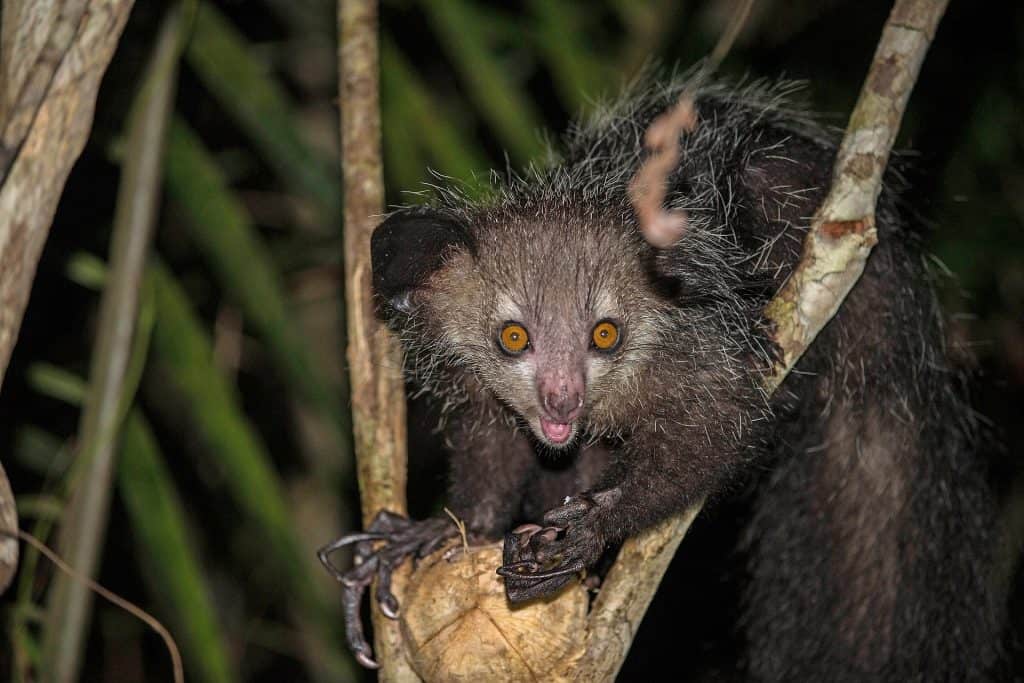Happy Halloween everyone, the time of year when I would normally buy a big bag of chocolates, turn the lights off, hide and hope no one knocked on the door so I could eat the chocolates myself!
This year however, my 3-year-old is adamant he wants to dress up as a “pumpkin ghost” and terrorise the neighbours for sweets. Being as we actually only have one neighbour, I’ll accommodate. Not that that means I won’t be looking over my shoulder the whole time for ghouls, murderers, or giant spiders- I find Halloween terrifying!
I’m going to attempt to debunk some common Halloween myths in this blog, mainly to make myself feel better about things that ‘supposedly’ go bump in the night….
Vampire Bats
One of the most well-known costumes for Halloween is that of the vampire. A blood sucking beast with bat-like wings and sleeps in a coffin for hundreds of years but where has this creature evolved from?
You may have heard of or even seen a few species of bats around at dusk in your garden or near rivers; there’s actually 18 different species of bats in the UK ranging from the tiny common pipistrelle bat to the chunky noctule bat. All of these UK species feed on insects, moths, midges etc however if we jump across the pond to South America we find a species of bat that feeds solely on blood.
The Common Vampire Bat will roost upside down in caves in groups of up to 1000 strong, they will sleep all day and spend the night mostly feasting on the blood of sleeping cows and horses! They spend 30 minutes drinking their victim’s blood but will not take enough to cause any harm to the animal.
However, their bites can lead to nasty infections. The bats have few teeth because of their liquid diet, but those they do have are razor sharp. Each bat has a heat sensor on its nose that points it toward a spot where warm blood is flowing just beneath its victim’s skin. After putting the bite on an animal, the vampire bat laps up the flowing blood with its tongue. Its saliva prevents the blood from clotting.

Photo credit: Acatenazzi
Snakes
Slimy, speedy, tongue flicking, man killing, giant worms. Or are these ‘nope-ropes’ just misunderstood reptiles?
There are 3 species of snake in the UK: grass snake, adder, and smooth snake. The adder is the only venomous snake and because of this, it gets a bad rep but they’re actually very shy and timid animals.
The grass snake often plays dead when threatened by going limp, sticking out their tongue and omitting a foul smell, they will seemingly ‘rise from the dead’ again when the predator has moved on. If you have ever been lucky enough to touch a snake, you’ll know that they’re not slimy at all but instead, very smooth and like soft leather, this is particularly true of the smooth snake which doesn’t have ridges down the middle of its scales like the other two species.
Many people think the slow worm is another type of snake but in actual fact, they are a legless lizard which has eye lids and ear holes unlike snakes. They are a great visitor to gardens as they love to munch on slugs!
Instead of eye lids, snakes have transparent protective scales over their eyes so while you’re sleeping with one eye open this Halloween, the snakes will be sleeping with both their eyes open!

Photo Credit: Piet Spaans Viridiflavus
Werewolves
Possibly one of the scariest scenes in the Harry Potter movies for me is where Professor Lupin sees the full moon and changes dramatically into a werewolf; bursting out his clothes, claws exploding from his fingertips and razor sharp teeth seen as he howls at the moon. This and probably seeing a glimpse of ‘An American Werewolf in London’ when I was far too young has always had me hiding behind the sofa at anything werewolf related. The belief that these beasts come out once a month seeking the blood and flesh of the innocent and that a single bite could turn you into one of them, still gives me shivers. But where have these myths come from?
There are many early stories and folklore tales about the origins of werewolves, one of which comes from Greek Mythology and the Legend of Lycaon. According to the legend, Lycaon angered the god Zeus when he served him a meal made from the remains of a sacrificed boy. As punishment, the enraged Zeus turned Lycaon and his sons into wolves.
There are many rumours, even now, that some animals and even pets at home can act a little oddly around the full moon but can the same be said for us humans? According to a study conducted at Australia’s Calvary Mater Newcastle hospital, a full moon brings out the “beast” in many humans. The study found that of the 91 violent, acute behaviour incidents at the hospital between August 2008 and July 2009, 23 percent happened during a full moon. Patients attacked staff and displayed wolf-like behaviours such as biting, spitting, and scratching. Although many were under the influence of drugs or alcohol at the time, it’s unclear why they became intensely violent when the moon was full.
Next time you visit Wingham Wildlife Park, or if you live close enough, take a moment to listen out for our Arctic Wolves, Ghost and Shadow howling away at the moon. Arctic wolves habituate the snowy regions of Greenland and North America, they are the only sub-species of wolf that is not threatened or endangered as it is so rare they come into close contact with humans. In fact, it is climate change that is the wolf’s biggest threat. Extreme weather variations can make it hard for muskox and arctic hares to find food, meaning their numbers are diminishing and consequently, so are the wolf’s.

Chimps
I couldn’t let Halloween pass us by without a mention of one of our most spooky residents. Whether it’s coincidental or not, Elvira the Chimpanzee was born on October 31st 1988 meaning she’ll turn 33 this year. In my personal opinion, she is one of the most beautiful chimps we have but I have heard her being described as both a gremlin and a witch before.
This stems from her very witch-like fingers that do seem to be twice as long as anybody else’s. She will brandish these through the mesh, shaking them at keepers passing by with food whilst doing an almighty spooky grunt at them. When she’s not throwing poo at anyone, I’ll be sure to slip her an extra slice of birthday cake on Halloween.

Speaking of long fingers in the primate world, I couldn’t miss the opportunity to talk about one of my favourite animals, purely for just how weird and spooky looking they are, the Aye-Aye Lemur.
It has rodent-like ever-growing incisors and bat-like ears that it uses in combination with an extra-long third digit to tap on trees, listen for the grubs inside, and then extract them with that spindly finger. And these features make it look pretty creepy. So creepy, in fact, that seeing it is traditionally considered a bad omen or a direct cause of bad luck in its native country, Madagascar.

What ever you get up to this Halloween, trick or treating or hiding behind the curtains, have a great one and don’t forget to donate your pumpkins to us, the chimps love them!


